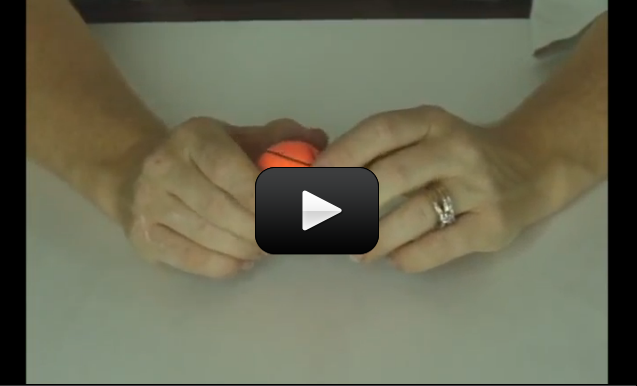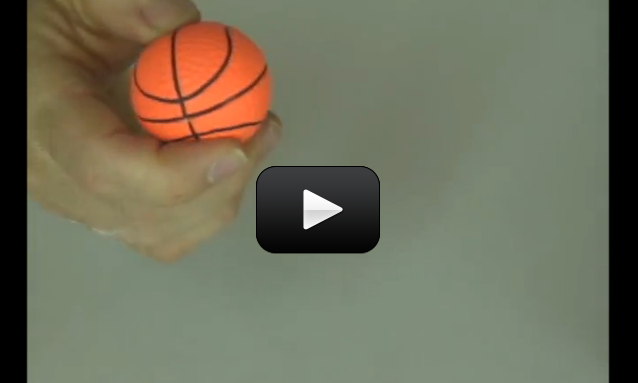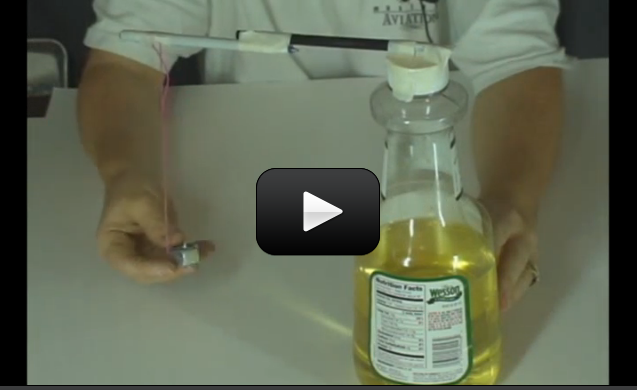Let’s see how much you’ve picked up with these experiments and the reading – answer as best as you can. (No peeking at the answers until you’re done!) Just relax and see what jumps to mind when you read the question. You can also print these out and jot down your answers in your science notebook.
Please login or register to read the rest of this content.
Let’s see how you did! If you didn’t get a few of these, don’t let it stress you out – it just means you need to play with more experiments in this area. We’re all works in progress, and we have our entire lifetime to puzzle together the mysteries of the universe!
Here’s printer-friendly versions of the exercises and answers for you to print out: Simply click here for K-8 and here for K-12.
Answers:
Please login or register to read the rest of this content.
Note: Do the pendulum experiment first, and when you’re done with the heavy nut from that activity, just use it in this experiment.
You can easily create one of these mystery toys out of an old baking powder can, a heavy rock, two paper clips, and a rubber band (at least 3″ x 1/4″). It will keep small kids and cats busy for hours.
Please login or register to read the rest of this content.
This lesson we’re going to talk about the two main categories of energy: potential and kinetic. We will talk about transfer of energy and we will also discuss conservation of energy and energy efficiency. This video gets you started on the right foot. We’ll outline what’s coming up for this week and how to get the most out of our lesson together. Enjoy!
In this experiment, you’re looking for two different things: first you’ll be dropping objects and making craters in a bowl of flour to see how energy is transformed from potential to kinetic, but you’ll also note that no matter how carefully you do the experiment, you’ll never get the same exact impact location twice.
To get started, you’ll need to gather your materials for this experiment. Here’s what you need:
Please login or register to read the rest of this content.
Please login or register to read the rest of this content.
When you toss down a ball, gravity pulls on the ball as it falls (creating kinetic energy) until it smacks the pavement, converting it back to potential energy as it bounces up again. This cycles between kinetic and potential energy as long as the ball continues to bounce.
Please login or register to read the rest of this content.
This is a very simple yet powerful demonstration that shows how potential energy and kinetic energy transfer from one to the other and back again, over and over. Once you wrap your head around this concept, you'll be well on your way to designing world-class roller coasters.
For these experiments, find your materials:
- some string
- a bit of tape
- a washer or a weight of some kind
- set of magnets (at least 6, but more is better)





